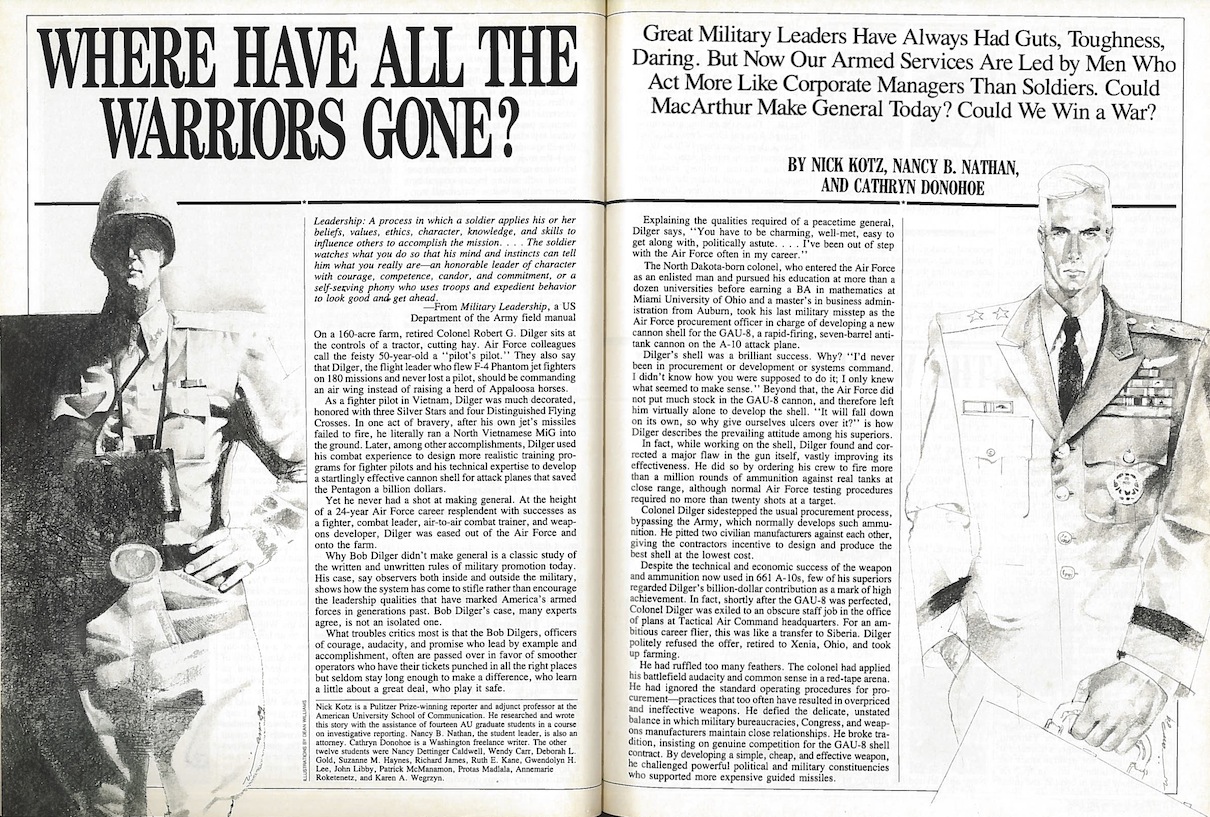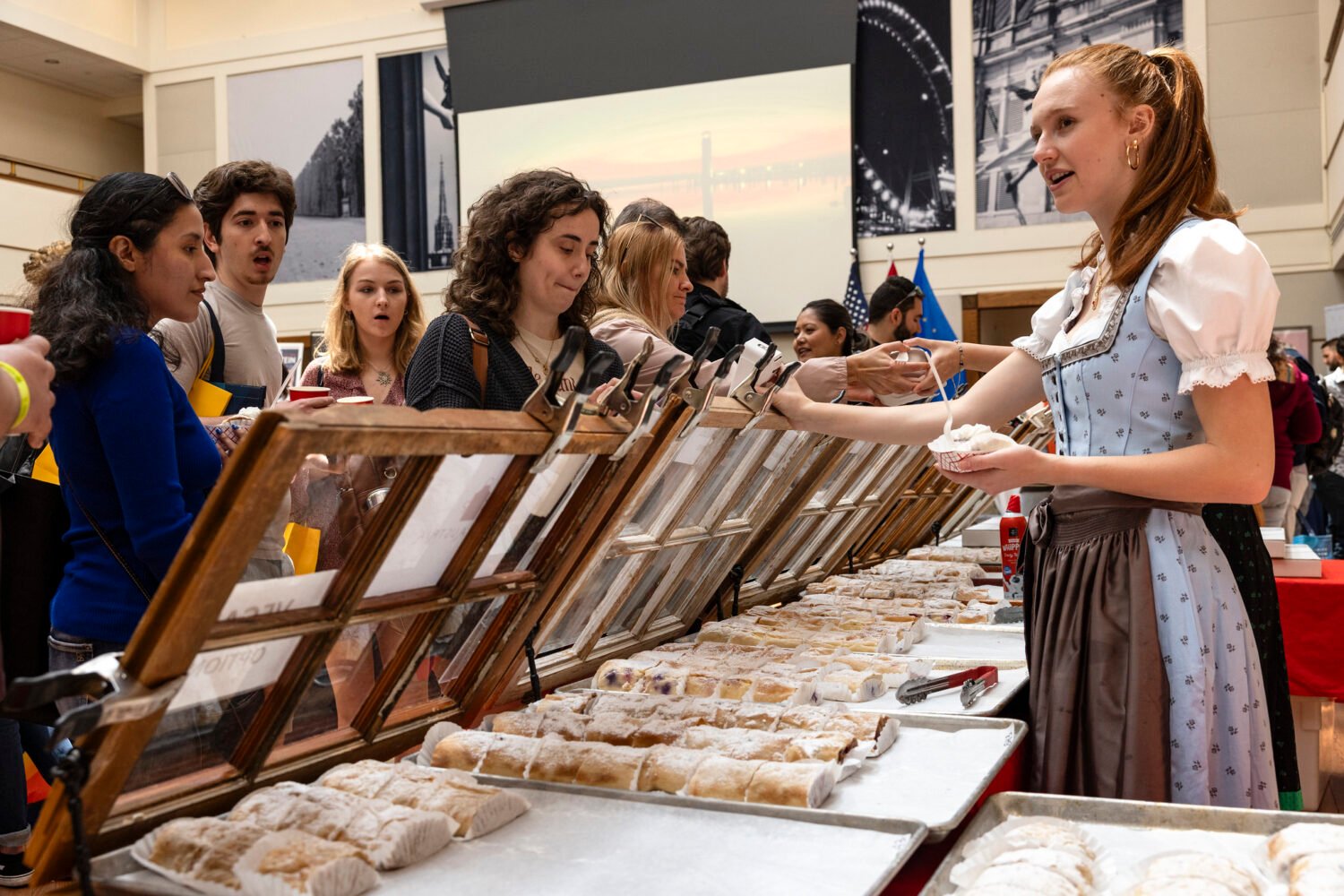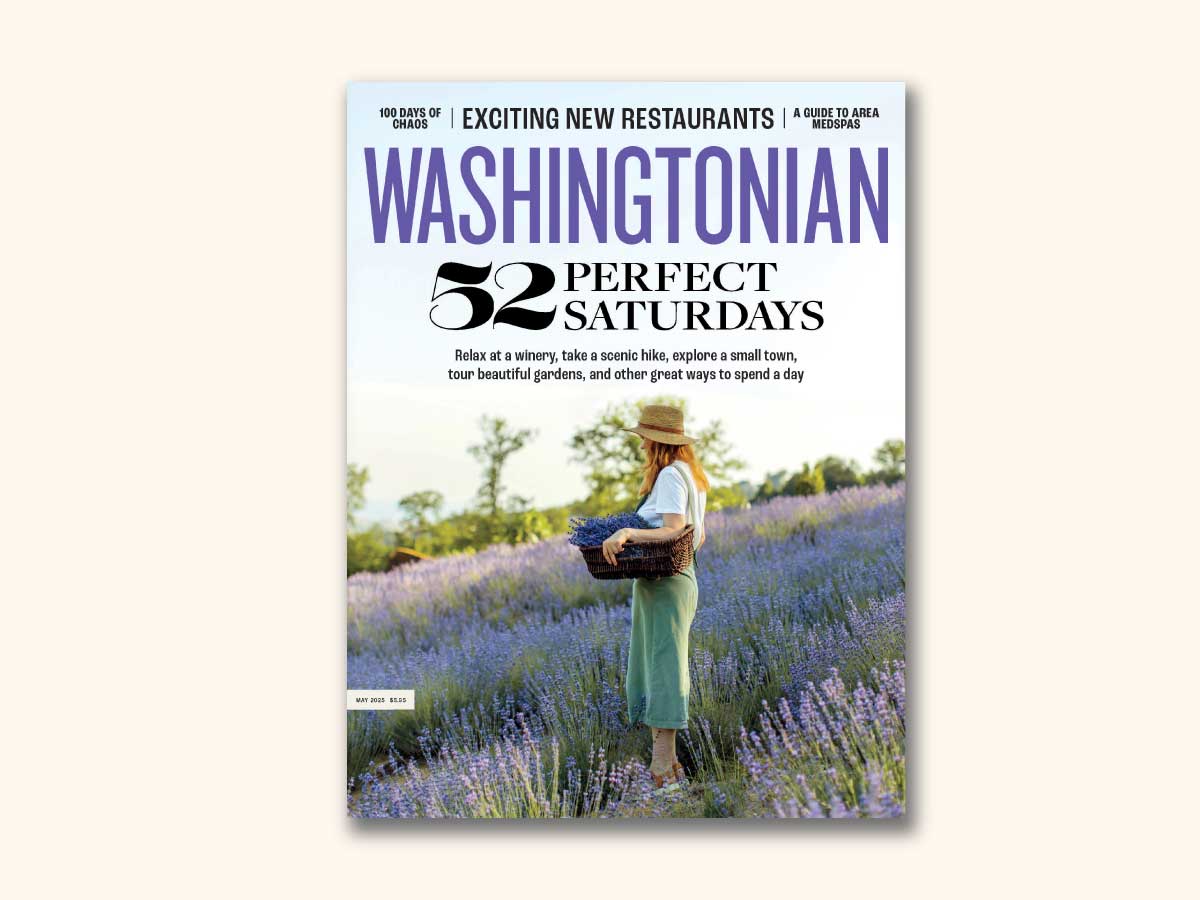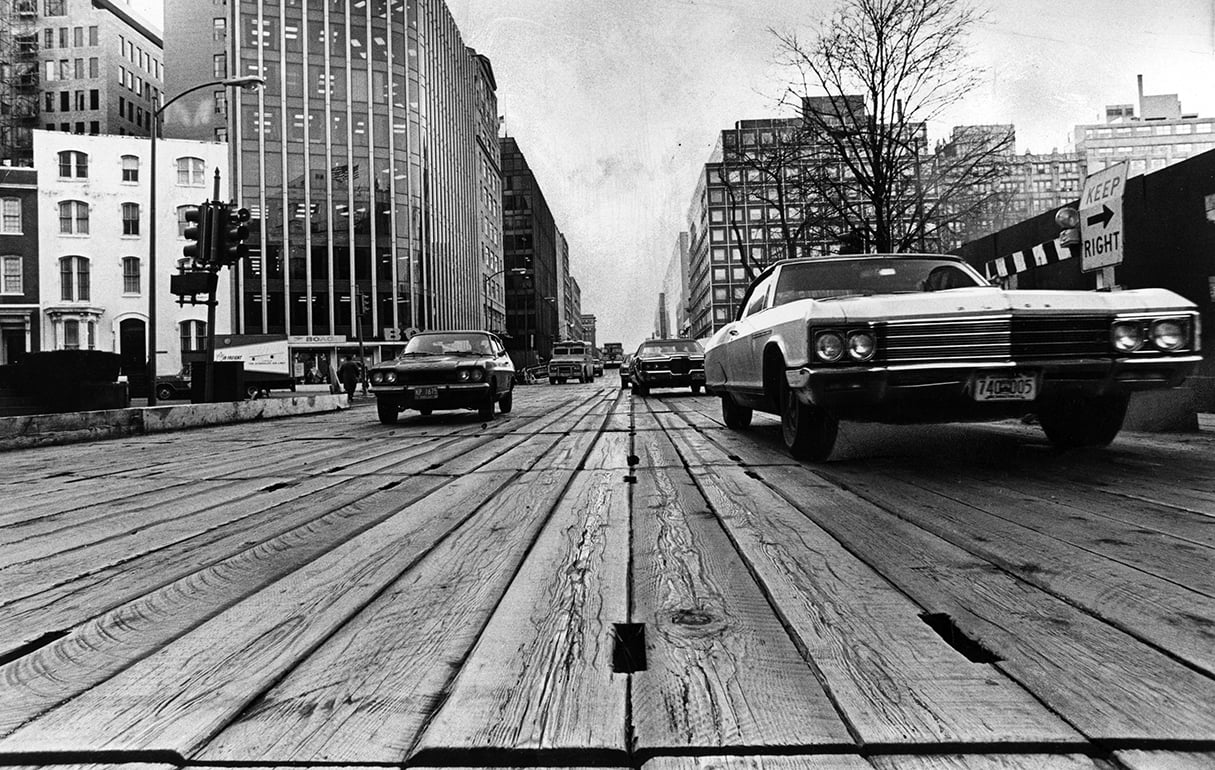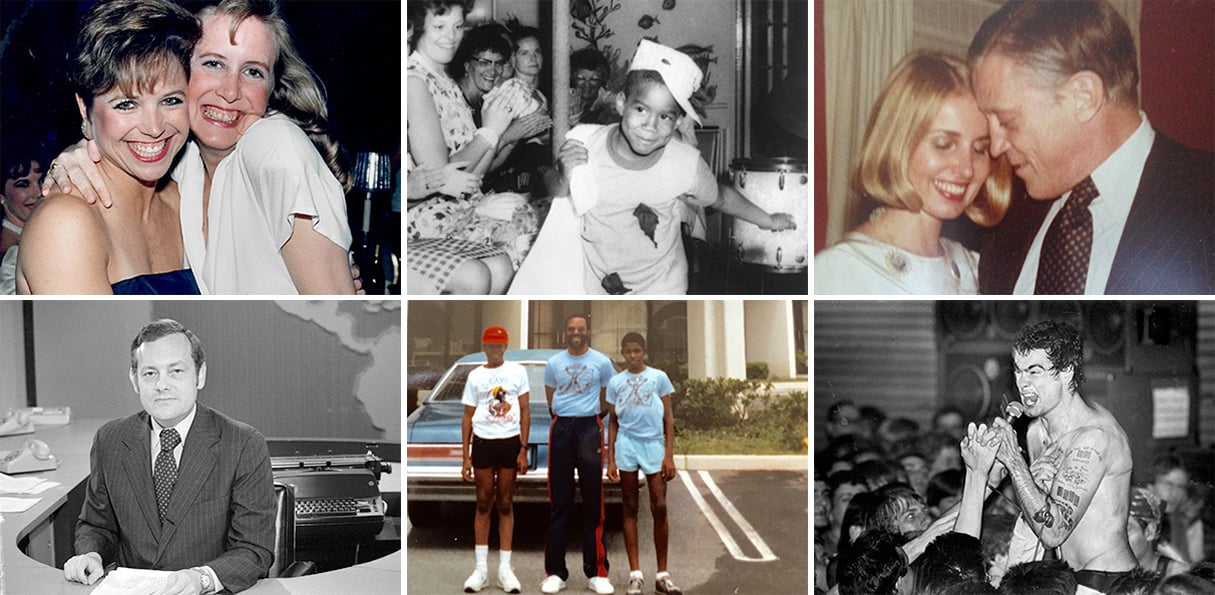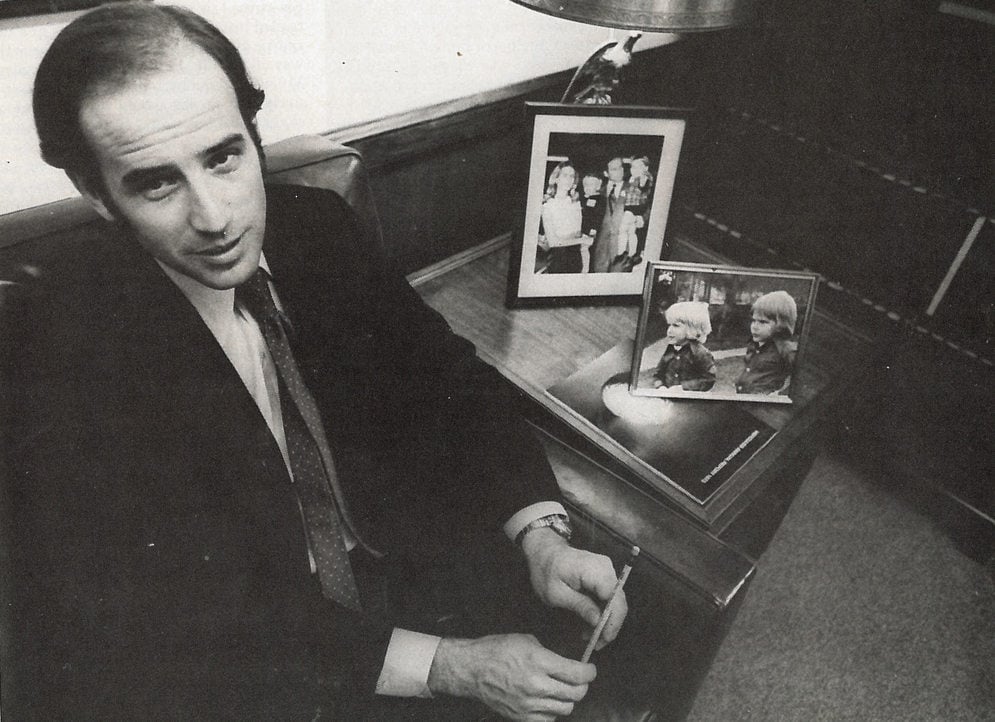In 1985, Washingtonian won its first–and, to this date, only–National Magazine Award for Public Service, the highest honor for magazine writing that illuminates issues of public importance.
The winning story, “Where Have All the Warriors Gone?”, was an 11,000-word account of a peacetime military struggling with the aftermath of Vietnam and the 1983 Beirut barracks bombings. In the course of more than 200 interviews, scores of current and retired military leaders–generals, admirals, chiefs of staff–discussed what they characterized as systemic problems in the armed services, ranging from a misguided promotion system to the politicization of the procurement process. “In short,” the story’s authors wrote, “have the classical values of military leadership–honor, technical competence, concern for one’s troops, the ability to motivate soldiers–been eroded by a system that emphasizes less worthy aims?” The short answer: Absolutely.
The story was one of two National Magazine Award winners Washingtonian had that year–“How to Save Your Life,” an evaluation of Washington hospitals and ambulance services, won for Service to the Individual–and has the minor distinction of being the last story to ever win an NMA for Public Service. (A year later, the category would be renamed Public Interest.)
The story may also be the only National Magazine Award-winner written by a team of graduate students.
The lead writer, Nick Kotz, had won a Pulitzer Prize for reporting and was teaching an American University class on investigative journalism. “When I was teaching a class,” Kotz remembers, “one of the things that I did was went out and got assignments–from the Washingtonian, the New Republic, etc.–and then I would guide my students in doing these projects.”
Jack Limpert, the magazine’s editor at the time, remembers this as the magazine’s second partnership with AU journalism students, after another story led by Richard Stout.
“The key for us was knowing Nick was a great reporter–it gave us the confidence that the result of any reporting project he ran with students was going to be highly professional and something we could be proud of,” Limpert says. “Looking back, I wish we had done more of that kind of partnering. The challenge was finding J-school projects run by someone as seasoned and professional as Nick.”
Kotz remembers “a lot of cooperation from the military,” and a “terrific” reporting experience for his students. Many went on to succesful careers in journalism: Nancy Nathan, the student leader, had practiced as an attorney on the Federal Election Commission before coming to AU to study journalism; she went on to become a longtime executive producer at NBC, working at Meet the Press, Today, and The Chris Matthews Show. Cathryn Donohoe, the third lead writer for the story, had a long career at the Washington Times, where she ended up working as a features editor. Patrick McManamon became a sportswriter and is now the Cleveland Browns reporter for ESPN’s website. Nancy Dettinger Caldwell works as a freelance video producer, Wendy Carr is a copy editor at the Cleveland Plain Dealer, and Richard James became a senior director at the PR firm APCO after running a Capitol Hill radio news service. Protas Madlala is a political analyst in Africa.
The other seven students: Deborah L. Gold, Suzanne M. Haynes, Ruth E. Kane, Gwendolyn H. Lee, John Libby, Annemarie Roketenetz, and Karen A. Wegrzyn.
Know anything about the other students? Email the writer at hsmith@washingtonian.com.
UPDATE (July 30)
In an email, student writer Ruth Kane says reporting the story–which for her included trips to Fort Bragg and the Army War College–was “the highlight” of her time in graduate school. “My work on the story opened doors for me as a young journalist with an MA looking for my first job in the business,” she says. After graduation, Kane worked as an associate producer for Crossfire on CNN, and later moved to C-SPAN to work as a producer. She now works part-time at a college-prep program in Alexandria.

